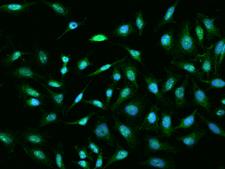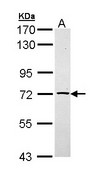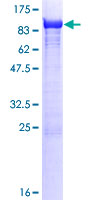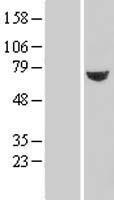order histories, retained contact details for faster checkout, review submissions, and special promotions.
Forgot password?
order histories, retained contact details for faster checkout, review submissions, and special promotions.
Locations
Orders Processing,
Shipping & Receiving,
Warehouse
2 Shaker Rd Suites
B001/B101
Shirley, MA 01464
Production Lab
Floor 6, Suite 620
20700 44th Avenue W
Lynnwood, WA 98036
Telephone Numbers
Tel: +1 (206) 374-1102
Fax: +1 (206) 577-4565
Contact Us
Additional Contact Details
order histories, retained contact details for faster checkout, review submissions, and special promotions.
Forgot password?
order histories, retained contact details for faster checkout, review submissions, and special promotions.
TXNDC3
NME/NM23 family member 8
Probably required during the final stages of sperm tail maturation in the testis and/or epididymis, where extensive disulfide bonding of fibrous sheath (FS) proteins occurs. May be involved in the reduction of disulfide bonds within the sperm FS components. In vitro, it has neither NDP kinase nor reducing activity on disulfide bonds.
| Gene Name: | NME/NM23 family member 8 |
| Synonyms: | NME8, CILD6, Sperm-specific thioredoxin 2, SPTRX2, NM23-H8, NME/NM23 family member 8, Sptrx-2, TXNDC3 |
| Target Sequences: | NM_016616 NP_057700.3 Q8N427 |






If you do not find the reagent or information you require, please contact Customer.Support@LSBio.com to inquire about additional products in development.









